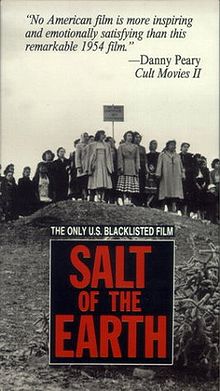 How do I teach social studies without depressing students with all those stories about injustice? How do I investigate the effects of colonialism and globalization but not perpetuate a view of victimization? How do I help students think critically about the suffering in the world without making it one long sad story?
How do I teach social studies without depressing students with all those stories about injustice? How do I investigate the effects of colonialism and globalization but not perpetuate a view of victimization? How do I help students think critically about the suffering in the world without making it one long sad story?
Over the years I included in my curriculum at Portland, Oregon Franklin High School examples of resistance, set up simulations and activities where students challenged the system or took on the roles of change-makers. Still, I sent too many students into the world as cynical young adults when what I wanted was to empower students to become active citizens — thinking critically about society, identifying its problems and working toward solutions. I wanted to start this school year with one hopeful story we could return to repeatedly. I found it in Salt of the Earth, a compelling and dramatic film that demonstrates alliances, solidarity, and resistance.
Film is in public domain. View Salt of the Earth or download free online at Internet Archive.

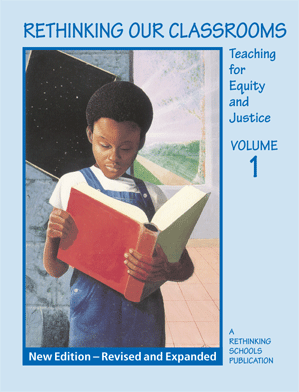 This lesson was published by Rethinking Schools in Rethinking Our Classrooms: Teaching For Equity and Justice (Volume 1). For more teaching activities like “Salt of the Earth: Grounds Students in Hope,” order Rethinking Our Classrooms with essays, teaching ideas, compelling classroom narratives, and hands-on examples.
This lesson was published by Rethinking Schools in Rethinking Our Classrooms: Teaching For Equity and Justice (Volume 1). For more teaching activities like “Salt of the Earth: Grounds Students in Hope,” order Rethinking Our Classrooms with essays, teaching ideas, compelling classroom narratives, and hands-on examples.

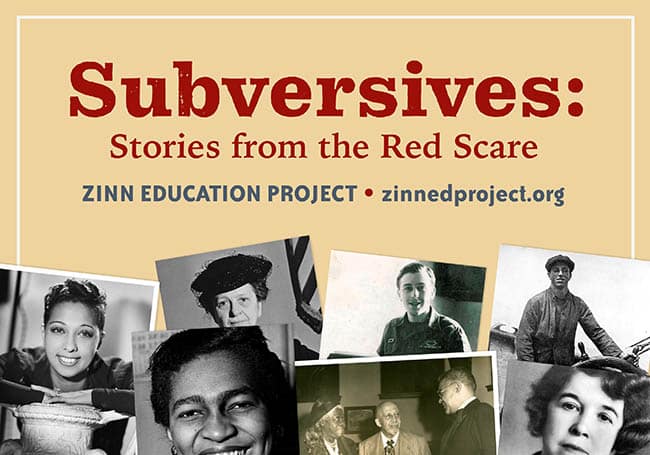


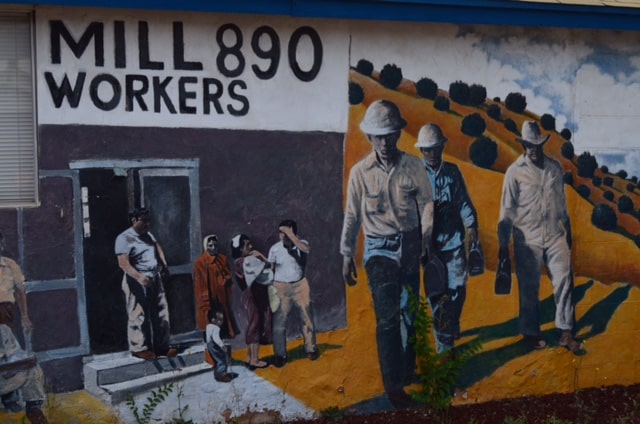
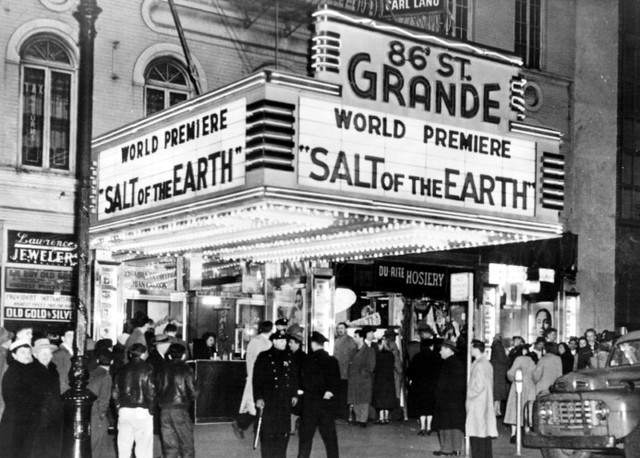






Awesome example of working folks trying to do good. ..work but with dignity and enough pay to live. …time we wake up and fight for the same. ..
I love this film! I have taught it with adults and with high schoolers. Most of my students lack the historical perspective of the issues touched on in this movie. So, we begin by discussing the labor movement in this country (unequal pay and working conditions based on race), issues of feminism (Esperanza’s emergence as a leader), gender roles (which cause conflict and change in Esperanza’s family), and the Red Scare (now morphed into the War on Terrorism). Students were gripped by the movie and had lots to say about what went on then and now. Most of the essay questions are reflective and allow students to explore their connections with people in this movie and their struggles.
When this film first came out it was blacklisted in most of the US. A small theater in the working-class part of Berkeley (then a conservative town) where our housing projects were showed it anyway. On a day off from the factory where she worked, my mother took me to see it, and I will never forget the fierce pride and determination on her face as she held my hand and watched from the edge of her seat. I saw her as the main character in the film. It is history, and shows its age, as do lots of us; but we’re not done yet, are we, and it is SO GOOD to have this history come alive for the next generations.